Saturday was one of those January days around the Monterey Bay when the 74 degree air temperature and clear skies rival the best days in summer here on the Central Coast of California. An errand took me around Monterey Bay 45 miles on Highway 1 to Santa Cruz yesterday.
Highway 1 runs along the coastline, never more than a few miles from the sea. Midway around Monterey Bay the road travels through Moss Landing, my vote for the quintessential fishing village along the 400 miles of coastline between Los Angeles and San Francisco.
Moss Landing boats in harbor.
The residential population of Moss Landing is numbered in the hundreds. The working population is likely larger between the research institutions, fisheries, restaurants and power plant workers. Moss Landing Power Plant is the tallest structure around the Monterey Bay and the twin towers can be seen from all around the Bay on clear days.
Moss Landing Power Plant seen from Highway 1 Castroville. The artichoke fields seen here are barren in January, although nearby fields are growing acres of artichokes looking green and bushy despite early morning temperatures in the low 30s here over the past couple of weeks.
Low tide at Elkhorn Slough, Moss Landing. The dunes protect the estuary from the Pacific Ocean just on the other side of the 50 foot high coastal wall of sand and plants.
A few years back I read an article stating Elkhorn Slough held the USA record for most different bird species sighted in one day. Two days ago a person sighted 57 species of birds on a two mile hike. The Elkhorn Slough website states more than 200 bird species pass through on their annual migration.
The small fishing village of Moss Landing looks like an industrial eyesore from Highway 1, yet nature’s bounty can be found around Elkhorn Slough just steps away from the Moss Landing Power Plant.
Moss Landing State Beach and Elkhorn Slough offer free access to the sea, the estuary and outdoor activities. There are miles of hiking trails through Elkhorn Slough, although a kayak offers an even better vantage point for observing the natural environment. The admission fee is about $5 if you enter the park from the visitor center access point.
Moss Landing is an ideal location for kayaking. There were probably 50 kayaks around the slough January 19, 2013 when the temperature was in the 70s. This part of Monterey Bay is one of the foggiest locations in summer when a clear sunny sky might not be seen for days and the temperature often remains stuck at a cool 57 degrees. Between winter rain storms the weather around Monterey Bay can be idyllic December through February with crystal clear air and temperatures rising into the 70s like yesterday.
Kayaks in Elkhorn Slough, Moss Landing, California.
Elkhorn Slough is the largest tract of tidal marshland in California outside the San Francisco Bay. Historically this wetlands area was a popular hunting location in the early 20th century when the train passed through bringing hunters down to Monterey Bay from the San Francisco Bay Area. Much of the area is now protected as a State Ecological Reserve.
A raft of sea otters in Moss Landing Harbor. This group of about 25 otters is the largest group I have seen together in several years. There are about 2,000 to 3,000 sea otters along the California coast, primarily along more than 100 miles of Monterey County coastline.
A raft of sea otters in Moss Landing.
Sea otters have no blubber and rely on their dense fur to protect them from the cold Pacific Ocean water around Monterey Bay. Sea otter fur is the densest fur of any animal.
Historically sea otter fur was a valuable commodity for pelts to produce waterproof clothing materials. The population of sea otters was thought to have been hunted to extinction in California in the early 1900s until a small population of some 50 sea otters was found along the remote coastline of Big Sur in southern Monterey County. Many of the sea otters seen around Monterey Bay today are descendants of that Big Sur population.
Sea otter at shoreline in Moss Landing. Wikimedia Commons photo.
Several hundred yards past the floating sea otters was a dock loaded with California sea lions near the Highway 1 bridge across the estuary. The sound of their barking carried across the harbor.
Moss Landing is located in the center of the scallop-shaped Monterey Bay. Elkhorn Slough is the estuary surrounding Moss Landing and provides an ecosystem loaded with a large variety of bird species, marine mammals, and sea life. Just offshore from Moss Landing is the Monterey Canyon, as deep as the Grand Canyon.
Moss Landing is located at “A” pin at center of Monterey Bay coastline. Source: Google satellite maps.
There are no large rivers draining the coast at Moss Landing. One theory is the Monterey Canyon was formed from the original outlet of the Colorado River prior to the Baja California opening. Another theory is the canyon was formed by an ancient California River that drained the Central Valley of California and exited near Santa Barbara and the slow movement of the San Andreas fault line shifted the canyon 250 miles north to Monterey Bay.
Moss Landing is a small village with no hotels; only B&B lodging accommodations. Moss Landing is about a 25 minute drive on Highway 1 from Monterey or Santa Cruz.
Captain’s Inn B&B, Moss Landing, California
Phil’s Fish Marketis a popular casual dining restaurant in town. Costco locally sells $100 gift cards for Phil’s Fish Market at $80 for a nice dining discount.
There are other interesting sights to see in Moss Landing.
Whale bones in the yard. Moss Landing was originally a whaling port.
Monterey Bay Aquarium Research Institute, MBARI, Moss Landing.
Moss Landing Mercantile.
Moss Landing and Castroville are also good places to stop at roadside stands for low cost vegetables.
Remember when you see the twin towers of Monterey Bay that a stop in the village of Moss Landing provides an opportunity to take a whale watching tour, kayak the Elkhorn Slough, bird watch, eat seafood, see marine life and load up on vegetables.
Most tourists drive Highway 1 nonstop right through Moss Landing on their way north to Santa Cruz or south to Monterey.
Moss Landing is a good destination to stop the car, get out and see life along the central coast of California.
Moss Landing State Beach
Ric Garrido, writer and owner of Loyalty Traveler, shares news and views on hotels, hotel loyalty programs and vacation destinations for frequent guests. You can follow Loyalty Traveler on Twitter and Facebook and RSS feed.


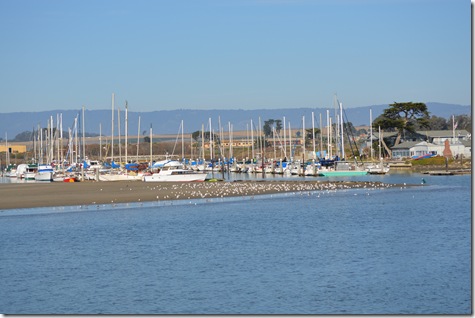
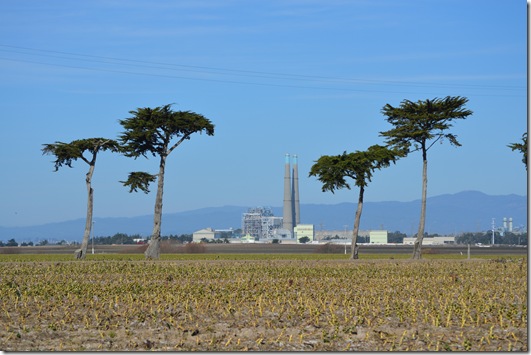
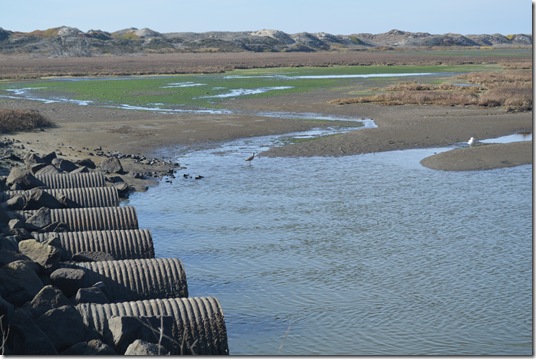
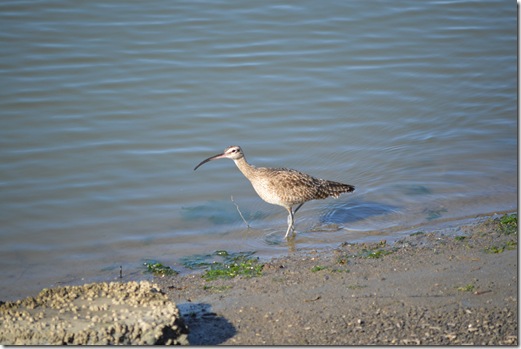
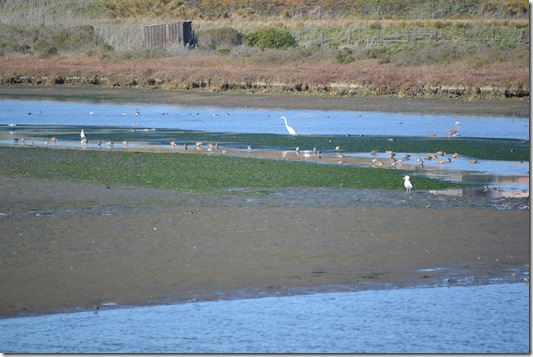
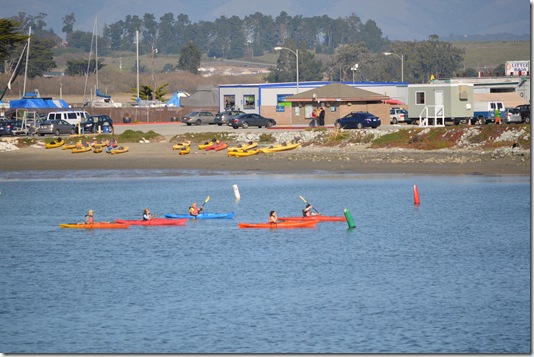
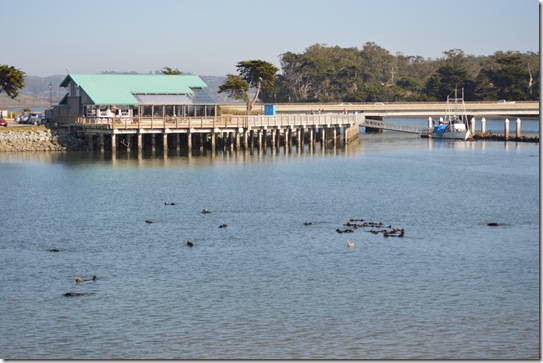


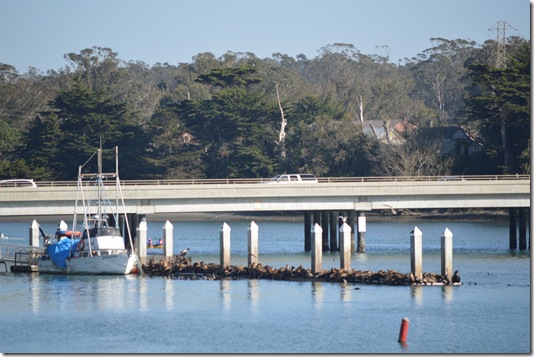

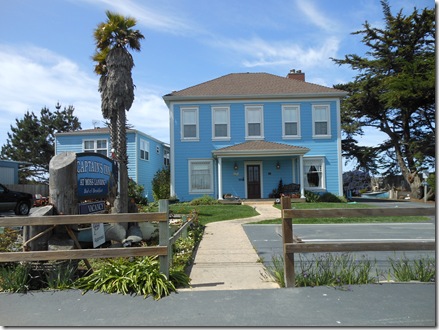
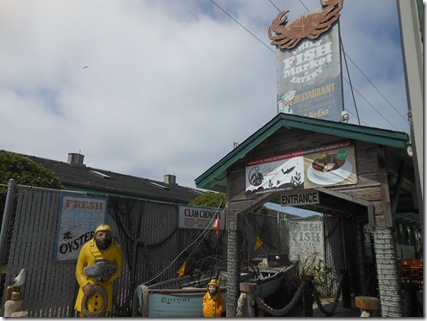
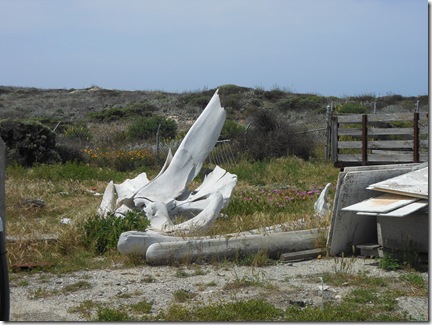
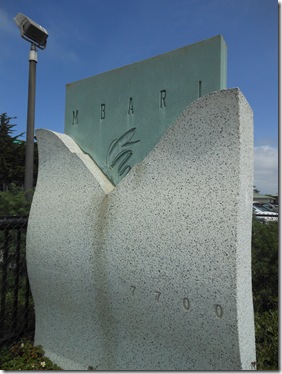
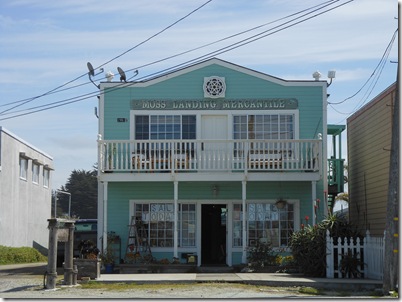
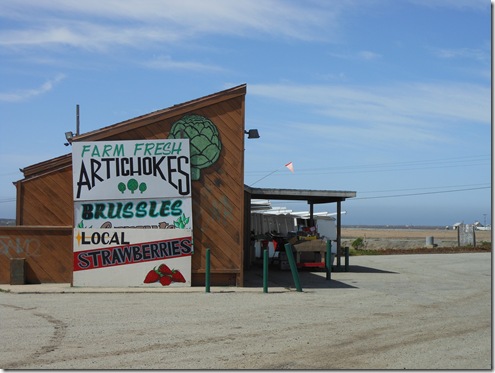
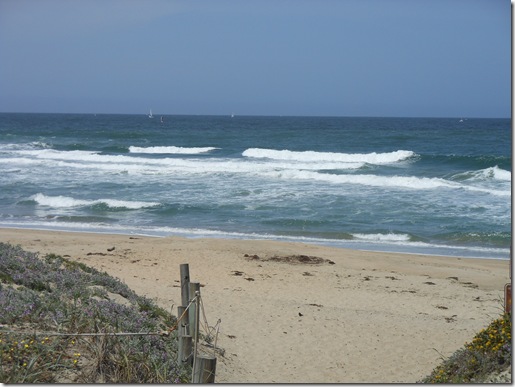
8 Comments
Comments are closed.